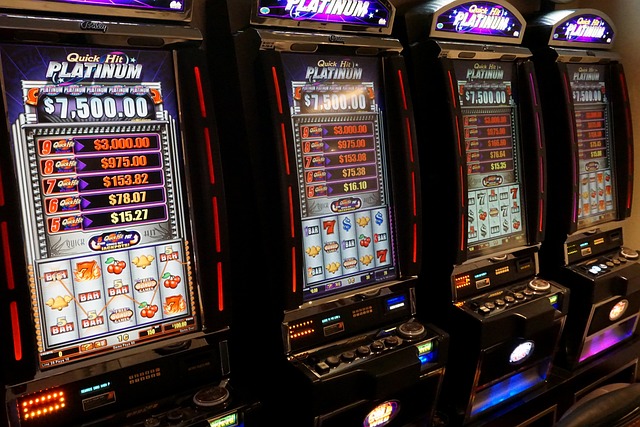As online gambling expands, so does the need for practical tools to help players stay in control. Responsible gambling (RG) isn’t just a checkbox for regulators—it’s a critical line of defense for players, operators, and the integrity of the industry. But not all tools are equally effective, and real impact comes from how they’re implemented and used.
This post breaks down the most common responsible gambling tools, explains how they work, and evaluates what actually helps players avoid harm—especially in high-engagement environments like slots, sports betting, and live casinos.
Why Responsible Gambling Tools Matter
Responsible gambling tools are designed to help players manage time, spending, and behavior. They’re not just for people with gambling problems. Used early and often, they can help casual players avoid risk and prevent escalation.
But the tools only work when:
- They’re easy to find and use
- The rules around them are clear
- They align with real user behavior—not just regulatory minimums
The best tools aren’t reactive—they support prevention.
Core Responsible Gambling Tools

Most regulated platforms offer a standard suite of RG tools. Here’s a breakdown of the key types and what they aim to accomplish.
Deposit Limits
Players set a cap on how much they can deposit over a day, week, or month. Once the limit is reached, further deposits are blocked until the period resets.
This is one of the most widely used and effective tools. It’s simple, transparent, and puts a hard stop on overspending.
Time Limits
Also called session limits, this tool lets users cap how long they can stay logged in or active on the site per day or session.
This is more effective for high-frequency games (like slots), where long sessions can lead to fatigue, tunnel vision, or irrational decisions.
Reality Checks
These are timed reminders that notify players how long they’ve been playing, often including time spent and amount wagered.
Alone, these don’t stop play—but they can interrupt flow and encourage reflection. Frequency and tone matter. Subtle nudges tend to be ignored.
Loss and Wager Limits
Like deposit caps, these limits stop users from betting or losing beyond a pre-set threshold. They’re less common than deposit limits but can offer more precise control, especially for players who re-use winnings.
When implemented well, they prevent chasing losses—a key risk factor in problem gambling.
Self-Exclusion
This is the strongest RG tool. Players can lock themselves out of the platform for a set period (days, months, or permanently). During this time, they can’t log in or place bets.
Many jurisdictions also support multi-operator self-exclusion, where one action blocks access across multiple sites.
This is essential for players showing signs of gambling harm but often underused until too late. The onboarding process should be clear, non-judgmental, and friction-free.
What Actually Works?
Not all RG tools are equally effective. Some work better as preventive measures; others are crisis controls. The impact also depends on how and when they’re used.
Here’s a high-level comparison:
| Tool | Works Best For | Effectiveness (High/Medium/Low) |
|---|---|---|
| Deposit Limits | Preventing overspending | High |
| Time Limits | Avoiding long, intense sessions | Medium |
| Reality Checks | Prompting reflection | Low to Medium |
| Wager/Loss Limits | Controlling riskier betting | Medium to High |
| Self-Exclusion | Crisis management | High (if used early enough) |
A layered approach—where players use more than one tool—tends to deliver better outcomes. For example, deposit + time limits together address both money and behavior.
Design Matters: What Operators Get Wrong

Even when tools exist, many platforms fall short in how they present or structure them. Common pitfalls include:
- Burying the tools deep in account menus
- Complex opt-in processes or unclear settings
- No defaults or recommendations for new players
- Delayed enforcement, like 24-hour cooldowns on reducing limits
- Lack of feedback loops, where players can’t easily view usage patterns
Effective RG tools should be:
- Visible and easy to activate
- Supported by education and contextual prompts
- Hard to bypass or disable impulsively
- Reinforced with account summaries or play history insights
Better UX here leads directly to better outcomes.
Rules of Thumb for Players
For players looking to stay in control, here are quick steps:
- Set a deposit limit before your first session
- Enable session time reminders if playing high-speed games
- Track your wins and losses weekly—not just balances
- Take cooling-off breaks if you feel emotional or impulsive
- Use self-exclusion at the first sign of distress, not as a last resort
Remember: these tools work best when used early, not after things have already gone wrong.
